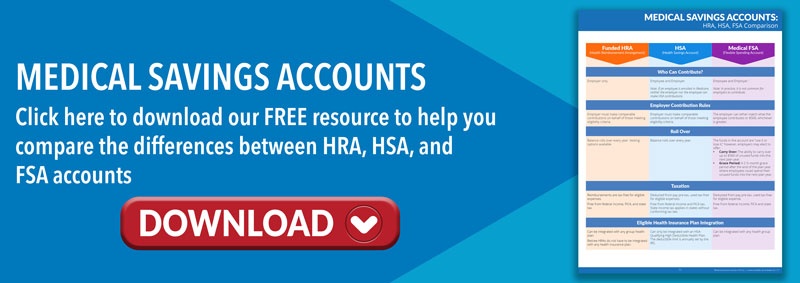2 minute read
Many public sector employers in Minnesota may provide an employer contribution to their employee’s deferred compensation 403(b) or 457(b) account. There are a few restrictions that apply per Minnesota Statute Section 356.24. This state statute pertains to the use of public funds by a public sector employer to provide additional deferred compensation to its employees. This statute also outlines several limitations on non-elective employer contributions to supplemental pension and deferred compensation plans. There have been several changes to this statue during the 2020 and 2022 legislative sessions.
A statute is a compilation of general and permanent laws of the state. It includes new laws, amendments, and any repeals. Statutes are usually laws that apply to all people and cover a variety of topics. Here are some key points for Minnesota public sector employers to know about Minnesota Statute Section 356.24.
Key Points
Subdivision (Subd.) 3, which is part of Minnesota Statute Section 356.24, discusses deferred compensation plans. This includes 403(b) plans and 457(b) plans, in which the statute limits public contributions to deferred compensation plans only in the amount that matches employee contributions on a dollar-for-dollar basis. Additionally, the employer contribution cannot exceed the lesser of the maximum authorized by the employment contract or personnel policy or one-half of the annual limit on elective deferrals under Section 402(g) of the Internal Revenue Code.
The employee basic deferral limit is $22,500 for 2023. Employees over age 50 can contribute an additional $7,500 for a catch-up contribution. For employees under age 50, the maximum employer match is $11,250. For those employees over age 50, the maximum employer match is $15,000.
In addition to an employer match, Subd. 3 also states that plan contributions may include monies deducted from an employee’s sick leave, accumulated vacation leave, or accumulated severance pay, whether characterized as employee contributions or nonelective employer contributions, up to the applicable limits under the Internal Revenue Code. These contributions are not subject to the match this requirement.
If you have any questions, please contact your Retirement Income Representative. For more information, watch this video regarding a discussion about the Legislative Commission on Pensions and Retirement (point of interest starts at 19:36).

